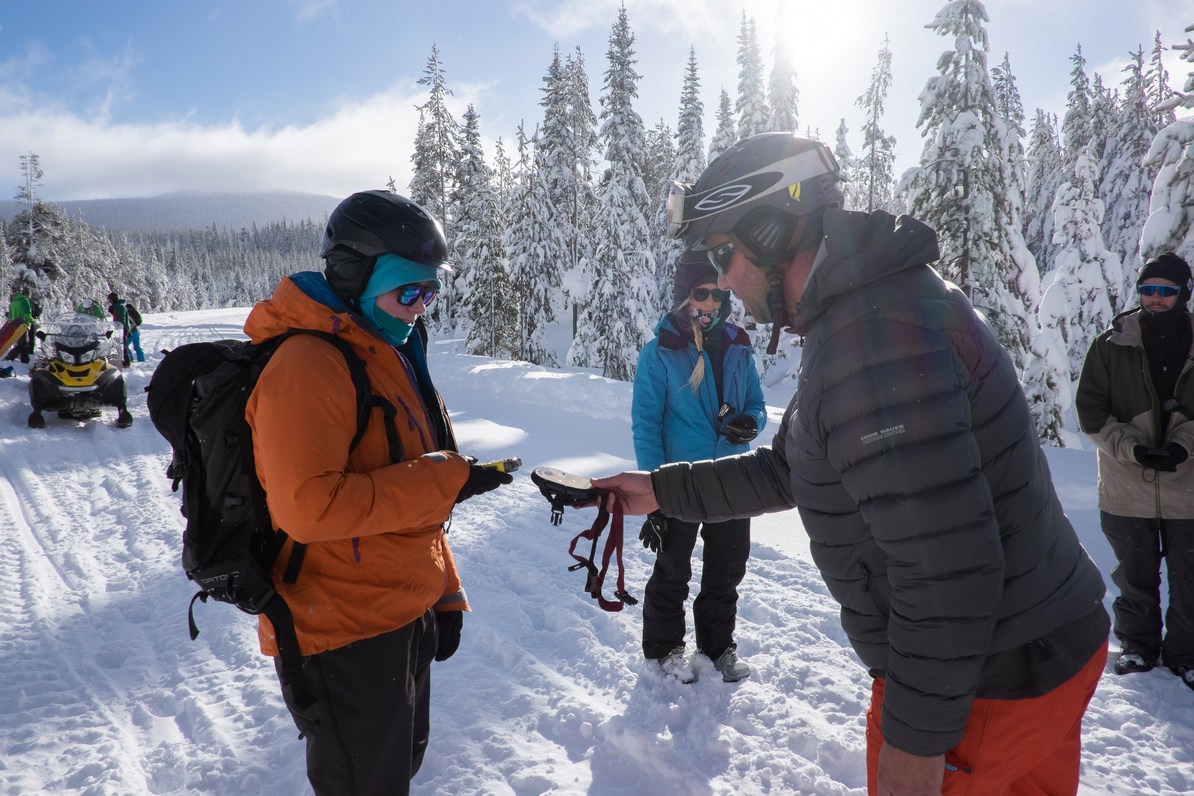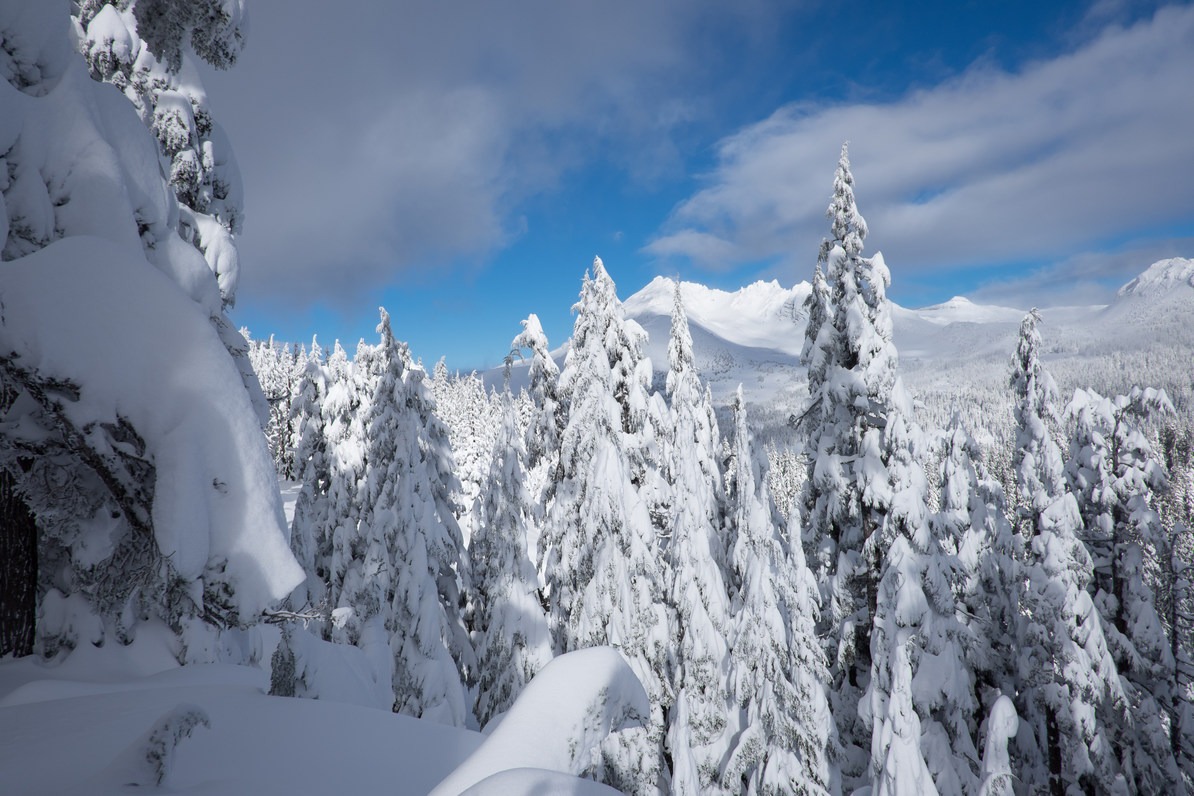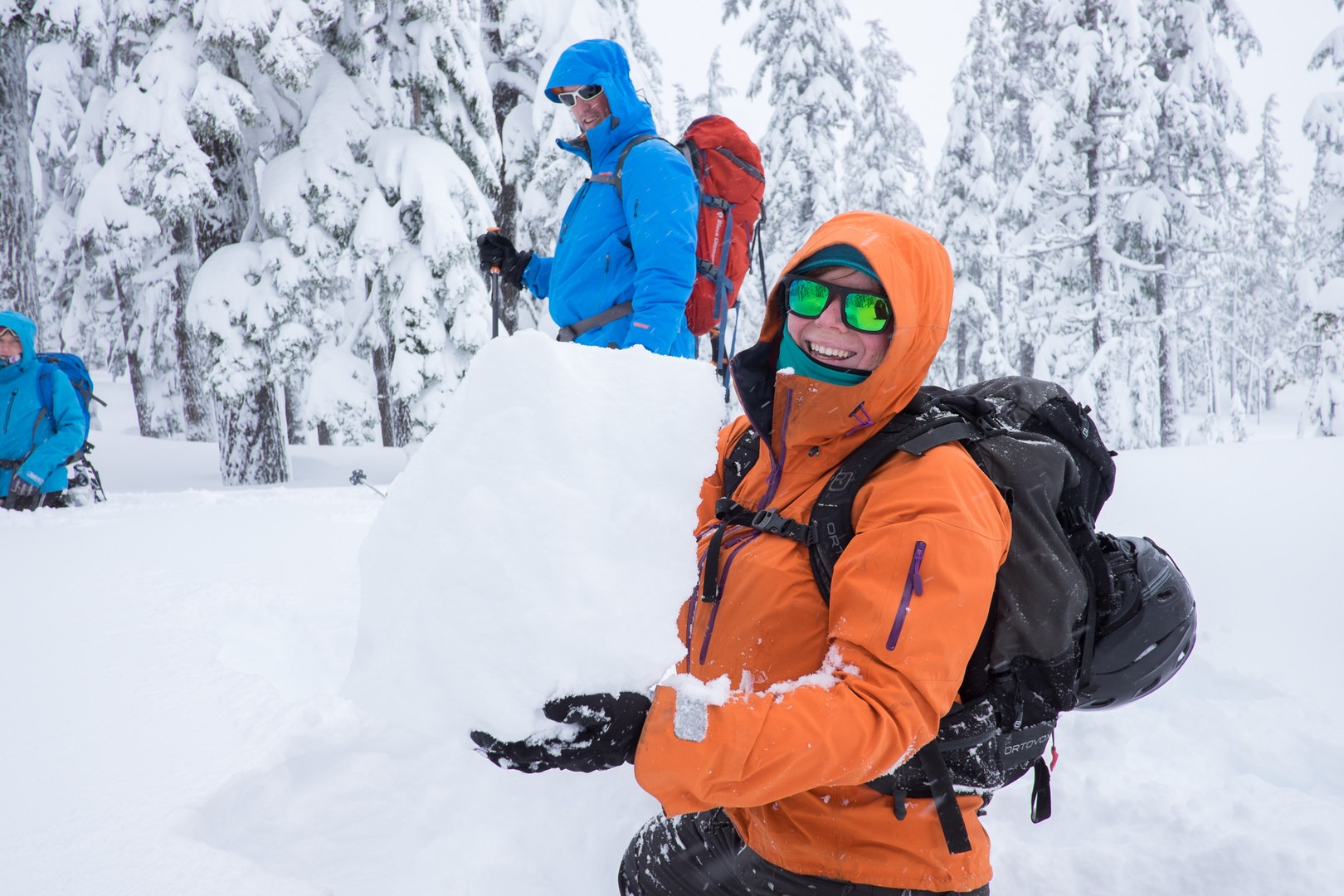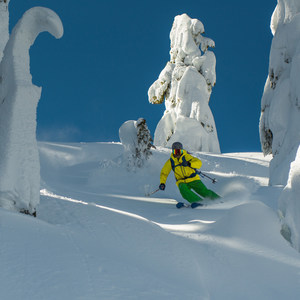You are here
Those of us who are fans of winter are known to enact little rituals for welcoming transitions to cooler weather at the end of autumn. Snow dances, sacrifices to the snow deities, and donning dank items of lucky clothing that only work because they never get washed are popular choices; others opt for less controversial approaches like winter workouts and gear swaps. If your winter daydreams include skinning into pristine backcountry for amazing downhill turns, maybe a backcountry yurt stay, or even snowshoeing and cross-country skiing into varied terrain that is a little farther in than most choose to go, here’s another idea to welcome the winter: Commit a little time to avalanche awareness training. If you’re just starting to move beyond in-bounds downhill and the well-established snowshoe and cross-country ski trails, there is no better way to prepare yourself for the backcountry than to take a American Institute for Avalanche Research and Education Level 1 Avalanche Training Course.
There are heaps of avalanche courses presenting different information along with plenty of informal advice on best practices. AIARE was formed to address this situation, and the organization’s goal is “to develop standardized curriculum for a complete program of avalanche courses that meets the needs of students at all levels.” The curriculum is dynamic, collaborative, research and experience based, and evolving. AIARE providers around the country offer avalanche training courses with this standardized curriculum, so you can be sure that your ski partner in Vermont will get the same training you received in Washington (along with the instructor’s local knowledge, of course), which means you’ll be speaking the same language when you’re making decisions in the backcountry.

Checking the beacons before setting out into the backcountry. Photo by Halvor Tweto.
Last year I took a three-day AIARE 1 course in Bend with Oregon Ski Guides that was both an excellent foundation for backcountry safety and a ton of fun thanks an impressive La Niña weather pattern (and great instructors). Half of this class was conducted in the classroom, and half was in the field. We jumped right in to the AIARE decision making framework, a hugely important foundation to backcountry planning, and this was the biggest surprise for me. I’d had some random avalanche training in the past that was focused on specific empirical data almost to the exclusion of other processes. This AIARE 1 course discusses those points, too, but it begins by training you to ask the larger questions first: What is your goal, and what is your objective (they are different)? Why? Who is on the team, and is everyone on the same page? Plenty of case studies helped to define the stakes of the decision making framework. These and other considerations inform the downstream decisions that lead to more specific questions regarding terrain, previous weather patterns, weather forecasts, etc. In the end the course successfully conveyed that the most potent tool in any avalanche training scenario is between your ears.
We headed to Mount Bachelor for the second half of the day to work with rescue equipment and companion rescue scenarios. Again, method and protocol framed our approach to the beacon training, location and probing strategies, digging scenarios, and field conditions assessment. There was plenty of emphasis on building skills with these tools and techniques, and the need to practice following a sequence of steps for a live scenario was plain to everyone. The overarching point, however, returned to the decision making framework introduced at the beginning of the course, which is designed to keep you from needing to use the tools in the first place.
The second day consisted of the same mix of classroom and field time, which is really an effective structure for this course. We began with a short ski that explored some of the terrain phenomena and avalanche mechanics discussed the day before, then returned to the classroom to cover more material. The end of day two was spent preparing and planning for day three, a day in the backcountry with a small group. This final phase of the class was student led and incorporated all of the material and decision making that had been presented up to that point. And thanks to a healthy storm that had dumped on us during the previous two days, day three was incredible. After looking at several options for terrain, our group decided on the slopes surrounding Todd Lake using the framework and all available information about the storm’s heavy precipitation and conditions. We ended up taking two solid laps through deep powder with a pause in the middle to dig a snow pit to learn about reading snow layers. It was a beautiful day that put a smile on everyone’s face, a great way to end a great course with Oregon Ski Guides, and a perfect beginning to the winter season.

Broken Top from the Todd Lake rim. Photo by Halvor Tweto.
The AIARE 1 can be followed up with an AIARE 2 for those looking for a more intensive training; the AIARE 3 class is primarily for professionals. For more information about AIARE, the course curriculum, or to find a provider, check out the AIARE website. Courses start soon and can fill up quickly, so be sure and plan ahead.






Comments
Sign In and share them.